It’s important to know the facts when it comes to our city’s water supply and whether we can support future growth. Recent information being disseminated about these topics contains inaccuracies.
As the provider of your water, we want to ensure you have accurate information to make informed decisions.
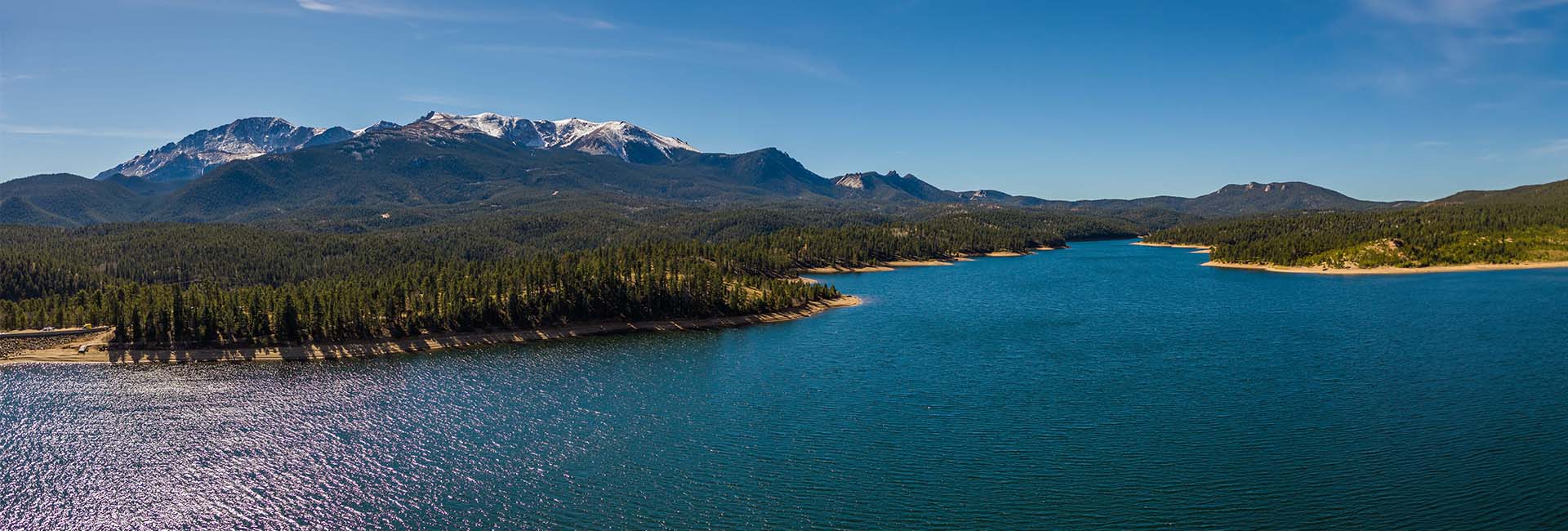

Get the facts: our water supply
First, some basics:
- It’s our responsibility to serve all customers in Colorado Springs with a safe, reliable water supply. Since we aren’t located near a major tributary and outgrew our local supply long ago, most of our water travels a great distance to reach us, requiring extensive infrastructure of pipes, pump stations and reservoirs.
- We plan 50 years ahead using risk-based modeling to identify the programs and infrastructure that must be in place and maintained to continue serving our community well into the future.
- Grounded in our planning is the reality that water is a finite resource, and availability is not guaranteed with a water right.
A plan for today and tomorrow
Expand the sections below to learn how we plan to make sure we have water for our growing community.
 Today, we have a healthy water supply that can support smart growth
Today, we have a healthy water supply that can support smart growth
- We plan for growth. Whether it occurs organically (your children grow up and raise their families here) or through economic development opportunities, our long-term planning includes population growth and density impacts on water use.
 We work collaboratively with City Planning to identify water supply needs, necessary infrastructure, and costs related to annexation requests. However, only City Council has the legal authority to extend City boundaries.
We work collaboratively with City Planning to identify water supply needs, necessary infrastructure, and costs related to annexation requests. However, only City Council has the legal authority to extend City boundaries.
- What our current water rights can produce annually varies dramatically between wet and dry years. In the driest of years, we may only be able to divert 50,000 acre-feet[tooltip text="An acre foot is the amount of water it would take to cover a football field with one foot of water. In Colorado Springs, one acre-foot of water can serve three to four families for a year, thanks to smart water use."] of water and in an average year it could be 125,000 acre-feet. Storage is how we balance this swing to reliably serve our customers year after year. Our Reliably Met Demand (RMD) amount is 95,000 acre-feet. This represents the hydrology[tooltip text="how water moves and is managed."], water rights and infrastructure we rely on to meet the City’s level of service criteria. The RMD also considers risks to our system infrastructure that could impact our ability to deliver water.
- While the total water rights in our portfolio exceed 125,000 acre-feet, not all those rights are developed. Some cannot be relied upon to yield water consistently.
- Our City’s current total annual water use is 70,000 acre-feet of water (based on a five-year, weather-normalized rolling average).
- The difference between our total annual water use and the RMD of 95,000 acre-feet is what is available for City Council to consider annexations. An extension-of-water-service ordinance approved in 2023 limits the amount available for consideration of annexations even further.
- Our first-come, first-serve policy means undeveloped lands, including any new annexations, are not guaranteed water until a final water tap is issued. While we plan thoughtfully, the policy is a stop-gap measure because we cannot control future water hydrology, climate impacts or regulatory changes that could affect our supplies.
 We have a diverse plan to meet future demand
We have a diverse plan to meet future demand
 Currently, we estimate a future demand of up to 129,000 acre-feet at full city buildout based on the City’s 2006 Annexation Plan.
Currently, we estimate a future demand of up to 129,000 acre-feet at full city buildout based on the City’s 2006 Annexation Plan.- The estimated 34,000 acre-feet of supplies needed to close this gap will be developed through a combination of new supply and resiliency projects that include continued smart water use, increased storage (our ability to hold more of the water we have rights to in wet years), reuse mechanisms (additional ways we can reuse water) and agricultural water sharing. Our diversified plan can be rebalanced to adjust to changing circumstances.
- Claims that we will dry up vast amounts of irrigated agriculture to support city growth are untrue. We greatly value the agriculture economy in our native Arkansas River Basin and want to see it succeed. We do not participate in large-scale, indiscriminate buy-and-dry agreements. Our water sharing program works within the parameters of the Colorado Water Plan, which identifies agriculture water efficiencies, balancing on-farm economics and revegetation for environmental protection as a means of transferring a small portion of agriculture water to municipal use.
 Smart water use will always be a part of our daily lives, no matter if/how we grow
Smart water use will always be a part of our daily lives, no matter if/how we grow
Water conservation and efficiency is a key component of our long-term water plan for some very important reasons:
 In our semi-arid climate, water conservation just makes sense. Vibrant urban landscapes that reflect our region’s unique and beautiful aesthetics can be achieved with 1-2 days/week watering. For some great examples, visit our Conservation & Environmental Center.
In our semi-arid climate, water conservation just makes sense. Vibrant urban landscapes that reflect our region’s unique and beautiful aesthetics can be achieved with 1-2 days/week watering. For some great examples, visit our Conservation & Environmental Center.
- Stretching our supplies through conservation actions delays the need to purchase additional supplies, which are costly and difficult to acquire. It also helps reduce the operations and maintenance costs to convey, treat, and deliver water to you.
- A strong water conservation program supports our ability to get new water supply projects permitted. The success of two current projects/programs - our Montgomery Reservoir expansion and Arkansas Valley Water Sharing program – relies in part on how well our customers are using existing supplies.
- If the city’s population never grew again, our supplies would remain at risk from drought, which is something the entire western U.S. has grappled with for decades. Water conservation helps get us through those dry years.
The Sustainable Water Plan's projects & programs
Today, we are hard at work to secure a reliable, sustainable water supply for our city’s future. The projects and programs outlined below will help us reach the objectives outlined in the plan.
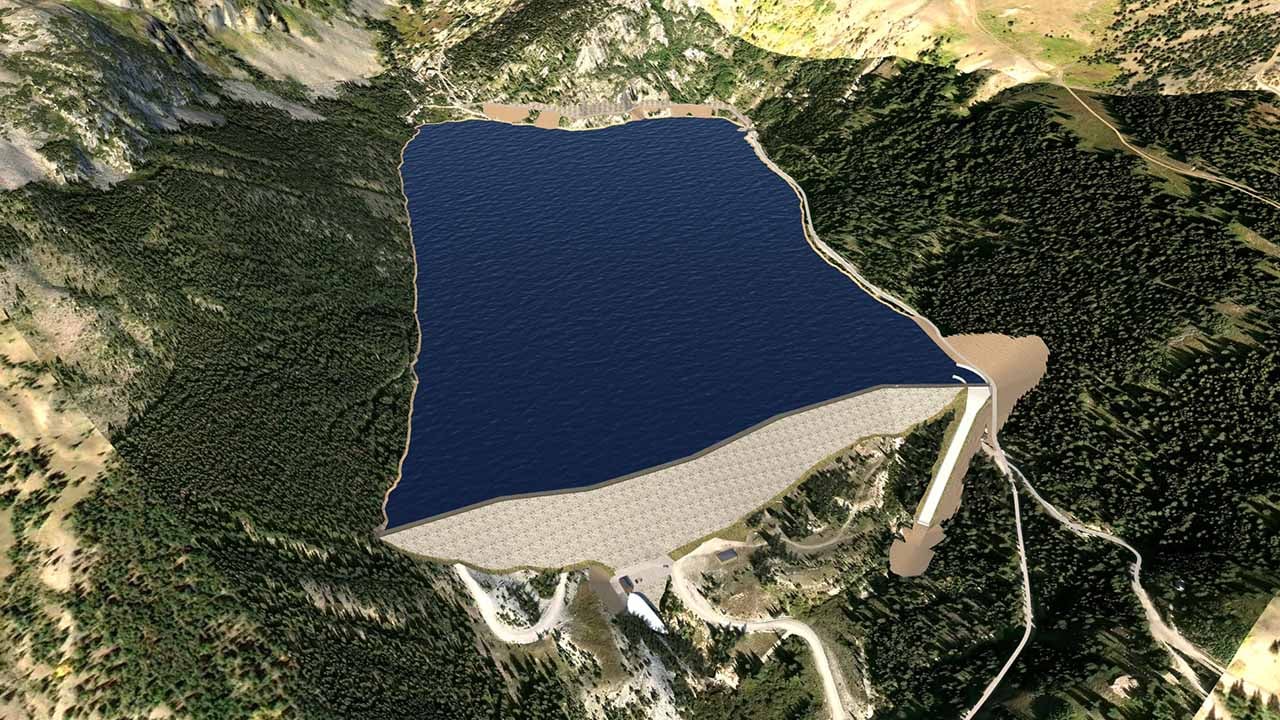
Continental-Hoosier System Project
This proposed project would expand the Montgomery Reservoir, located near Breckenridge. This would increase our total water storage capacity for our growing city.
Learn more Learn more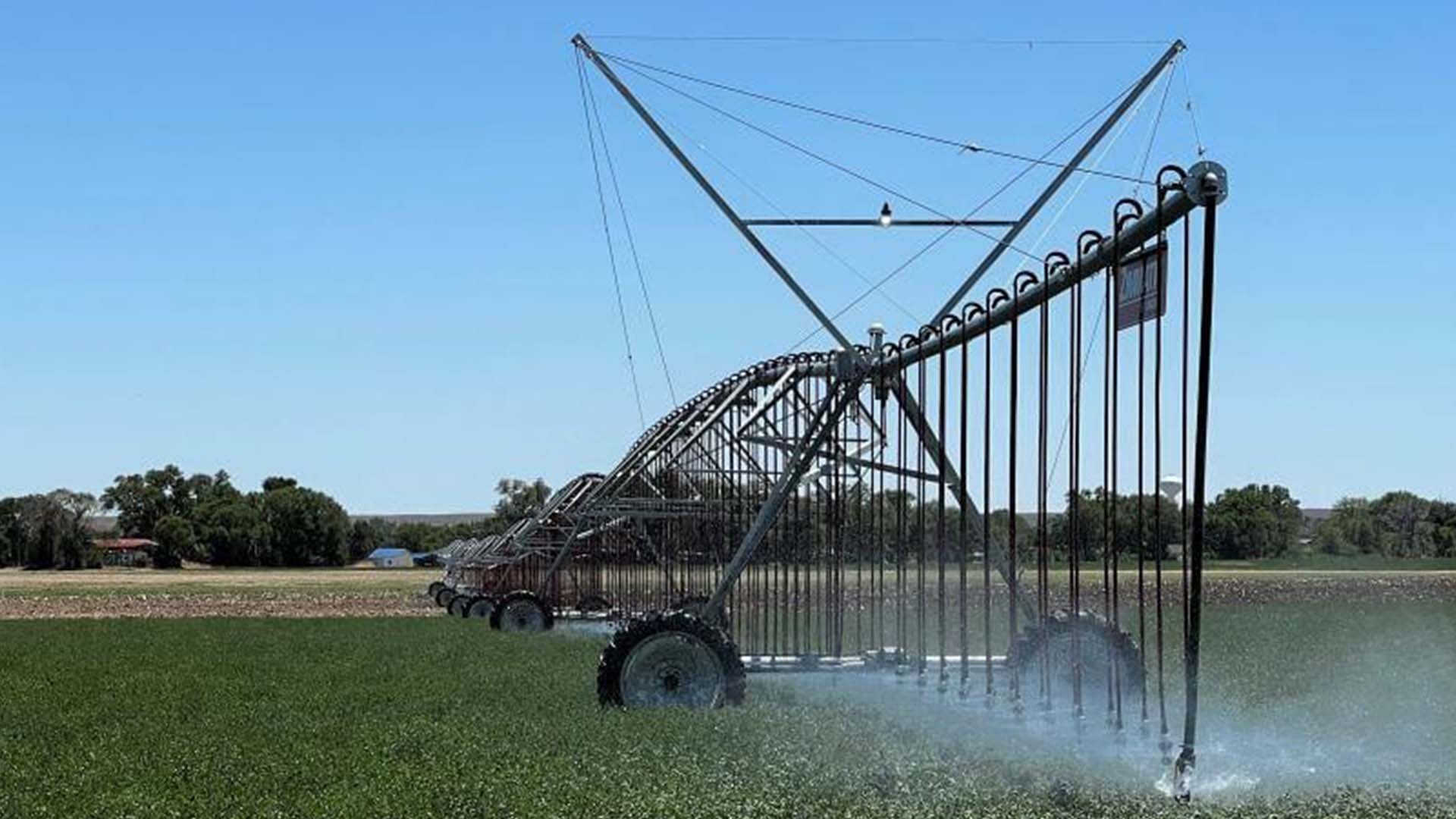
Agricultural Water Sharing Program
This innovative program provides water for Colorado Springs customers while protecting rural communities and the agricultural economy in our region.
Learn more Learn more
Direct Potable Reuse
We are looking at recycling and further treating our reusable water through advanced purification methods to meet drinking water standards.
Learn more Learn more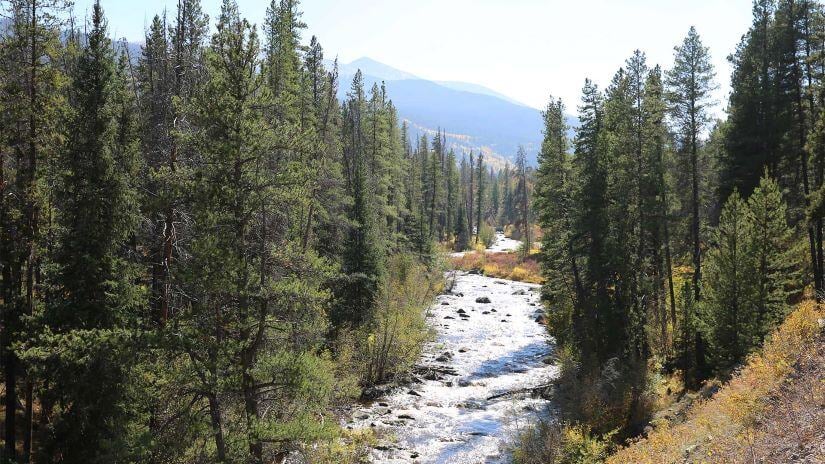
Eagle River Joint Use Water Project
With other municipal partners, we are carefully planning and evaluating options to expand critical water supplies in Eagle County.
Learn more Learn more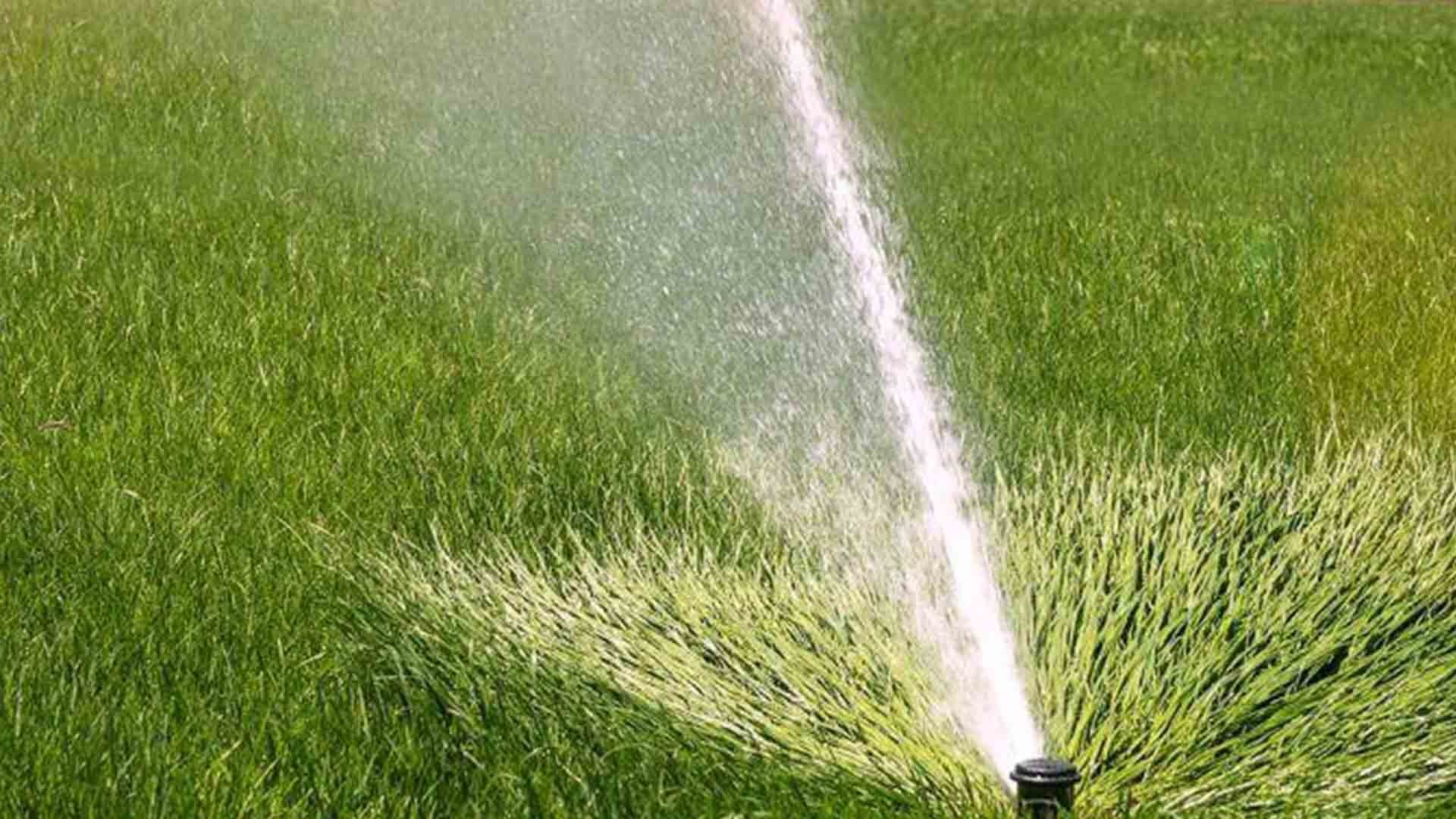
Water conservation & efficiency
We plan to save 10,000-11,000 acre-ft/year of water with improved conservation efforts.
Learn more Learn moreColorado Springs Utilities
It's how we're all connected.